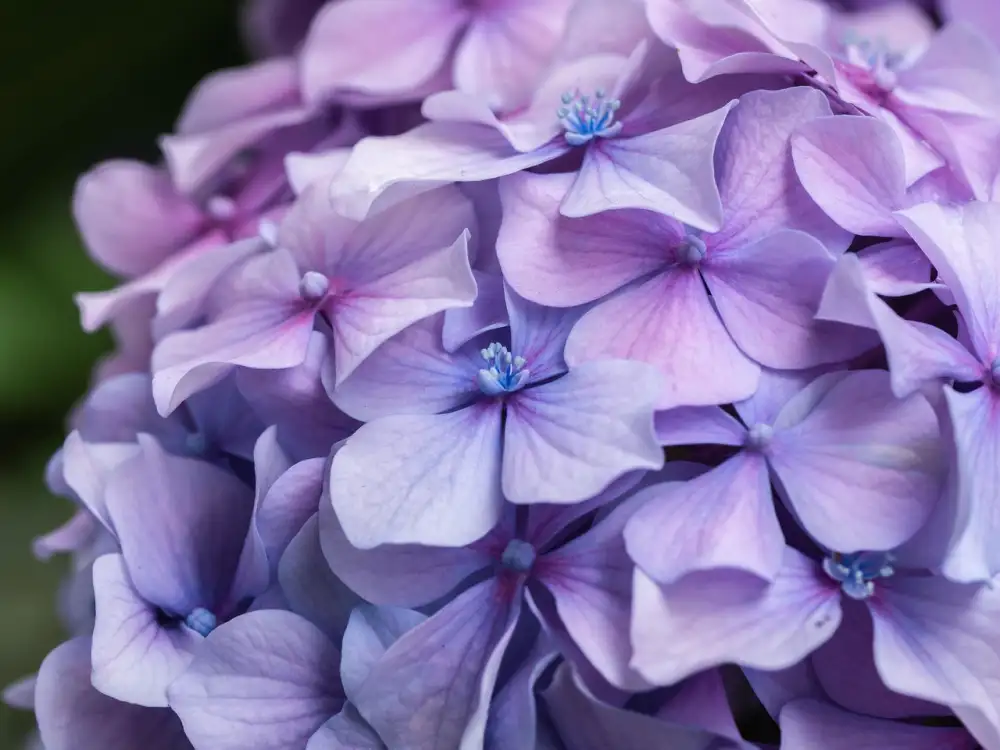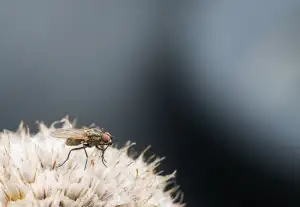Mastering Hydrangea Care: Essential Tips for a Blooming Home Garden

Hydrangeas are beautiful flowering plants that can add a touch of elegance and charm to any home garden. With their vibrant blooms in various shades of blue, pink, and white, hydrangeas are a popular choice among gardeners. However, caring for these delicate plants requires some knowledge and effort. In this article, we will explore essential tips for mastering hydrangea care, from choosing the right location to protecting them from pests and diseases. By following these guidelines, you can ensure that your hydrangeas thrive and bloom beautifully year after year.
Choosing the Right Location for Hydrangeas
Choosing the right location for your hydrangeas is crucial for their overall health and growth. These beautiful flowers thrive in areas with partial shade, receiving at least 4-6 hours of sunlight each day. Avoid planting them in direct sunlight as it can cause their leaves to wilt and burn. Additionally, choose a spot with well-draining soil to prevent waterlogging, which can lead to root rot. Consider planting hydrangeas near trees or taller plants that provide some shade during the hottest parts of the day. By selecting the perfect location, you'll ensure your hydrangeas have the ideal conditions to flourish and bloom beautifully in your home garden.
Proper Watering Techniques for Hydrangeas
Proper watering is crucial for the health and vitality of hydrangeas. These beautiful flowers thrive in moist soil, but overwatering can lead to root rot and other issues. To ensure proper hydration, water your hydrangeas deeply once a week, allowing the water to penetrate the soil. Avoid frequent shallow watering as it encourages shallow root growth. Mulching around the base of the plant helps retain moisture and prevents weed growth. Remember to adjust your watering schedule based on weather conditions, as hydrangeas may require more water during hot, dry spells. By following these techniques, you'll help your hydrangeas flourish and bloom beautifully.
Fertilizing Hydrangeas for Healthy Growth
Proper fertilization is essential for the healthy growth of hydrangeas. Start by choosing a balanced, slow-release fertilizer specifically formulated for flowering plants. Apply the fertilizer in early spring, just as new growth begins to emerge. Be careful not to over-fertilize, as this can lead to excessive leaf growth at the expense of blooms.
To determine the correct amount of fertilizer, follow the instructions on the package and adjust based on the size and age of your hydrangea. Generally, a handful or two of fertilizer per plant should suffice. Spread it evenly around the base of the plant, making sure to keep it away from direct contact with the stems.
In addition to regular fertilization in spring, you can also provide a light feeding in midsummer to promote continuous blooming. Use a water-soluble fertilizer and apply according to package instructions.
Remember that different types of hydrangeas have slightly different nutrient requirements. For example, blue hydrangeas benefit from acidic soil and may require an aluminum sulfate amendment to maintain their vibrant color. White hydrangeas prefer neutral to alkaline soil conditions.
By providing your hydrangeas with proper fertilization, you'll ensure they receive the necessary nutrients for robust growth and abundant blooms throughout the season.
Pruning Tips to Maintain Hydrangea Shape
Pruning is an essential step in maintaining the shape and health of your hydrangeas. The best time to prune depends on the type of hydrangea you have. For mophead and lacecap hydrangeas, it's recommended to prune them immediately after they finish flowering in late summer or early fall. This allows new growth to develop before winter sets in. On the other hand, panicle and smooth hydrangeas can be pruned in late winter or early spring before new growth appears. When pruning, remove any dead or damaged wood, as well as weak or crossing branches. Aim to create an open, airy shape that allows sunlight and air circulation throughout the plant. Avoid heavy pruning as it can reduce flower production. With proper pruning techniques, you can maintain a beautiful and healthy hydrangea shape year after year.
Protecting Hydrangeas from Pests and Diseases
Hydrangeas, with their vibrant blooms and lush foliage, are a beautiful addition to any home garden. However, like any plant, they can be susceptible to pests and diseases. To protect your hydrangeas and ensure their health, it's important to take preventive measures.
One common pest that affects hydrangeas is aphids. These small insects feed on the sap of the plant, causing leaves to curl and distort. To control aphids, you can spray your hydrangeas with a mixture of water and dish soap or use insecticidal soap.
Another pest to watch out for is the hydrangea scale. These tiny insects attach themselves to the stems and leaves of the plant, sucking out its sap. If left untreated, they can weaken the hydrangea and cause it to decline. You can remove scales by hand or use horticultural oil spray.
In terms of diseases, powdery mildew is a common problem for hydrangeas. This fungal infection appears as a white powdery coating on the leaves and stems. To prevent powdery mildew, make sure your hydrangeas have good air circulation and avoid overhead watering.
Leaf spot is another disease that can affect hydrangeas. It causes dark spots on the leaves, which eventually turn yellow and drop off. To prevent leaf spot, avoid overhead watering and remove any infected leaves promptly.
Regularly inspecting your hydrangeas for signs of pests or diseases is crucial in catching problems early on. By taking proactive measures such as proper watering techniques and providing adequate sunlight and air circulation, you can create an environment that discourages pests and diseases from attacking your plants.
Remember that prevention is key when it comes to protecting your hydrangeas. By following these tips and maintaining good gardening practices, you can enjoy healthy, vibrant blooms all season long
Winter Care for Hydrangeas
During the winter months, it's important to provide proper care for your hydrangeas to ensure their health and vitality come springtime. Here are some essential tips for winter care:
1. Mulching: Apply a layer of mulch around the base of your hydrangeas to protect the roots from freezing temperatures. Use organic materials such as straw or shredded leaves, and make sure the mulch is about 2-3 inches deep.
2. Watering: Although hydrangeas don't require as much water during winter, it's crucial to keep them adequately hydrated. Water deeply once every few weeks if there hasn't been any significant rainfall.
3. Pruning: Avoid pruning your hydrangeas in late fall or winter, as this can remove potential flower buds for the upcoming season. Instead, wait until early spring when new growth begins.
4. Protection from frost: If you live in an area with severe frost or snowfall, consider covering your hydrangeas with burlap or a frost blanket to shield them from extreme cold and wind.
5. Pest control: Inspect your hydrangeas regularly during winter for signs of pests or diseases. Treat any issues promptly using appropriate organic insecticides or fungicides.
By following these winter care tips, you'll help ensure that your hydrangeas survive the harsh conditions and emerge beautifully in the spring, ready to grace your garden with their vibrant blooms once again.
In conclusion, mastering hydrangea care is essential for creating a blooming home garden. By choosing the right location, providing proper watering and fertilizing techniques, pruning to maintain shape, and protecting against pests and diseases, you can ensure healthy growth and vibrant blooms. Additionally, winter care is crucial to protect your hydrangeas during the colder months. With these tips in mind, you can enjoy the beauty of hydrangeas in your home year after year.
Published: 04. 01. 2024
Category: Home



